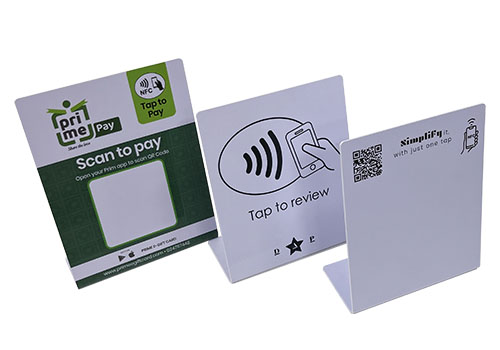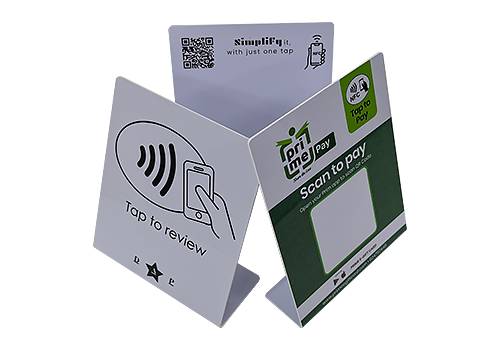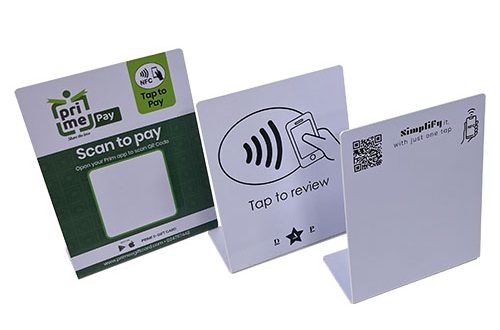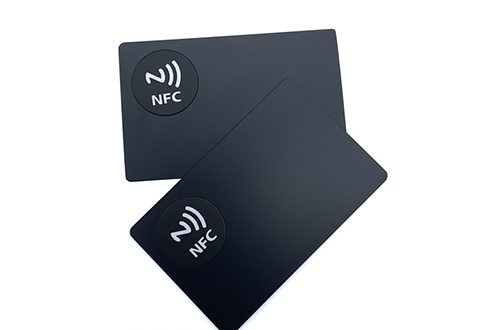
The Impact of Technology on the Restaurant Industry Thus Far
Introduction
The catering industry has seen a significant impact from technology in recent years. The growth of online ordering systems, mobile apps, and automation technology has transformed the way catering businesses operate. Caterers are now able to streamline their processes and serve customers more efficiently with the help of technology, which has led to improved customer experiences and increased revenues.
One of the most notable impacts of technology on the catering industry has been the growth of online ordering and delivery services. With the rise of food delivery apps, caterers can easily reach new customers and expand their business without the need for a physical storefront. Additionally, automated kitchen appliances and inventory management systems have enabled caterers to optimize their operations and reduce waste, which helps to improve their profitability. Overall, technology has been a game-changer for the catering industry and will continue to shape its growth in the future.
Next we will introduce the application of four technologies in catering.

I. Artificial Intelligence (AI)
AI can also be utilised to analyse customer data effectively to provide insights that can improve business operations, identify and correct inefficiencies, and enhance customer satisfaction. For example, analysing customers’ past orders and preferences can be used to provide customised food recommendations, creating loyalty programs or discounts based on purchase history, and potential churn risk to anticipate customer needs and offer promotions to keep them engaged.
AI in restaurants can significantly improve the dining experience by bringing efficiency, accuracy, and convenience to the ordering process while enhancing customer satisfaction and driving growth for restaurateurs.
II. Augmented Reality (AR)
AR stands for Augmented Reality, which involves the integration of digital information and objects into the real world in a way that enhances the user’s experience.
In restaurants, AR technology can be used to provide interactive menus, virtual table settings or interactive kitchen experiences, which can improve the customer experience by enhancing engagement and personalisation. For example, diners can use their smartphones or tablets to view the menu, point the camera at a dish, and see an AR display of what the dish looks like. The app could also provide nutritional information or recipes on demand.

III. Virtual Reality (VR)
AR can also be utilised in training managers and staff by simulating stressful situations, virtual tours of the kitchen or interactive coaching sessions with AR-enhanced tools, which can help improve communication, standardise processes and reduce errors.
AR has the potential to transform how people experience dining out by providing innovative ways to present menus, offer immersive dining experiences, and enhance the overall social ambiance of the restaurant.
VR stands for Virtual Reality, which is an immersive technology that involves the use of a head-mounted display (HMD) to create a simulated environment that the user can interact with.
In restaurants, VR technology can be used to enhance the customer experience by allowing diners to explore virtual environments, such as exotic locations or themed dining rooms that complement the dish they are enjoying. The technology could also transport diners to remote locations where they could see where the ingredients were sourced.
VR applications could also enable chefs to experiment with different ingredients and recipes in a virtual kitchen, providing a cost-effective and risk-free method of testing menu concepts. Another application of VR is simulating food intolerances (such as gluten intolerance) to better train staff and avoid accidents. The technology has the potential to provide an unprecedented level of immersion, personalisation and innovation to the dining experience.
IV. Table Tents
Table tents are small, folded pieces of paper or cardstock that are placed on restaurant tables for promotional or informational purposes. They can be a cost-effective way to promote specials, events, or beverage options to customers who are already seated and engaged at their tables.
Table tents can benefit restaurants by increasing sales and customer engagement. Since they are situated on the table, they offer an excellent opportunity to showcase the restaurant’s most popular dishes, drinks, or promotions. Customers are more likely to order menu items if they are presented in an appealing way through visual elements.
Table tent messaging and designs can vary widely, but popular examples include displaying a happy hour menu, promoting a new seasonal dish, advertising a limited-time offer, or highlighting a loyalty program or social media hashtag. The messaging should be concise and visually appealing to capture the customer’s attention.

Challenges and Considerations
There can be several challenges to implementing new technologies in restaurants. One significant challenge is the cost of adoption and maintenance of the technology. Restaurants need to invest in software, hardware, and IT infrastructure to ensure that the system can work seamlessly.
Another challenge is user adoption. Not all restaurant staff may be comfortable with the new technology, leading to resistance and an inconsistent customer experience.
When it comes to concerns about privacy and data security, restaurants need to follow strict data protection regulations to safeguard sensitive customer information. Proper IT infrastructure and advanced security protocols must be put in place to protect not only customers’ data but also the restaurant’s operations from cyber threats. Restaurant technology vendors must take the responsibility to ensure the privacy and security of customer data in their products and services.
Conclusion
Emerging technologies and table tents have the potential to significantly impact the restaurant industry by providing improved customer experiences, streamlining operations and enhancing efficiency. They can also provide customers with a higher level of convenience and more personalized services. By integrating these technologies, restaurants can deliver a more compelling meal experience and a greater competitive edge in the marketplace.
However, innovation and adaptation are essential to ensure that restaurants stay relevant and meet consumer trends and preferences. Restaurant owners and operators need to keep up with the latest technologies that can improve their business model and adjust their operations accordingly. By doing so, restaurants can increase revenue, reduce costs and provide a seamless experience that meets their customers’ needs. They can also stay ahead in the increasingly competitive industry by staying on top of emerging trends and offering unique experiences that stand out from the rest.




